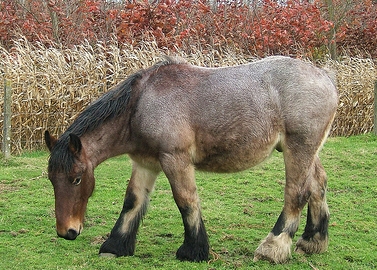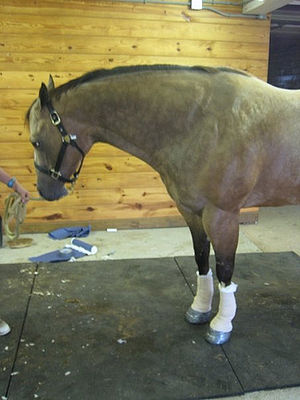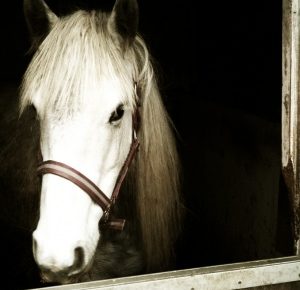A collapsed airway is known as Laryngeal Hemiplegia, also “roaring” due to the abnormal sound it can make. It commonly affects thoroughbreds, standardbreds and draft horses.
A collapsed airway occurs due to the paralysis of the arytinoid cartilage in which vocal folds turn inward constricting airflow in and out of the lungs. It happens when the horse is working. The muscle that opens the larynx is affected and due to increased respiratory pressure, the airway collapses even more.
Diagnosis is made with an endoscope, a tube with a video camera at its end. It is passed through the nostril while the horse is exercised on a treadmill or in an arena to examine what happens in the larynx.
The tieback technique described in our article, “Laryngeal Paralysis in Pets”, has recently been refined for horses. Instead of the horse lying down, the horse now stands up. Adjustments made on standing horses are more precise because the larynx is in a natural position. Standing also somewhat lowers the risks of anesthesia.
Now, all tieback surgeries are performed on standing horses. After completion of the surgery the horse can be walked back to its stall.



